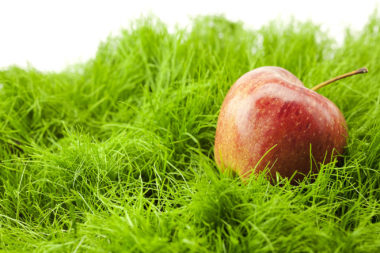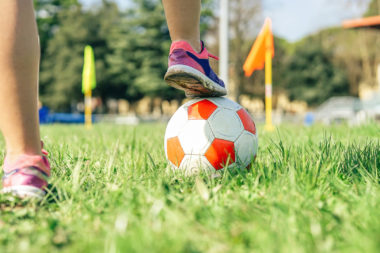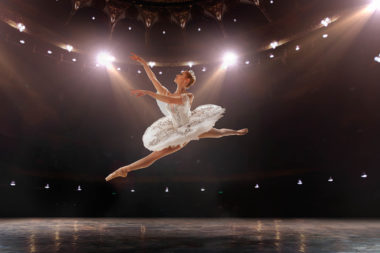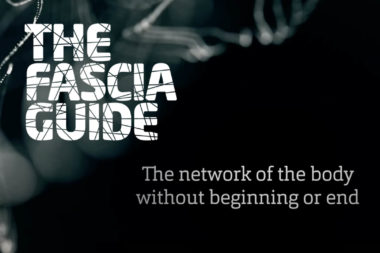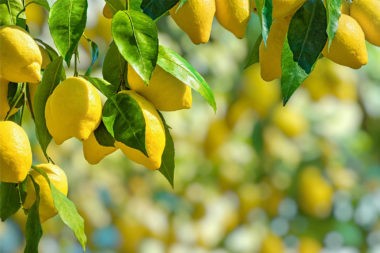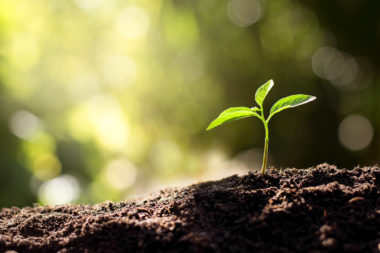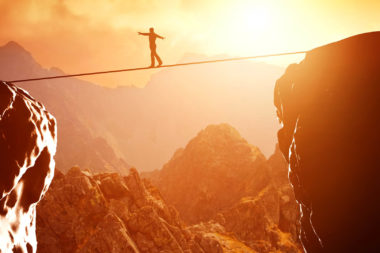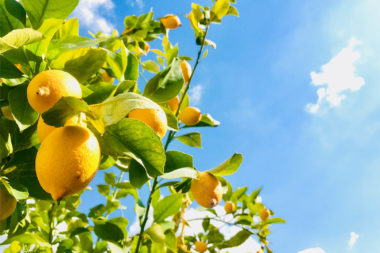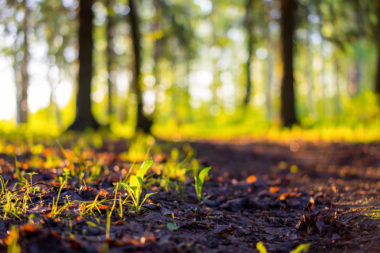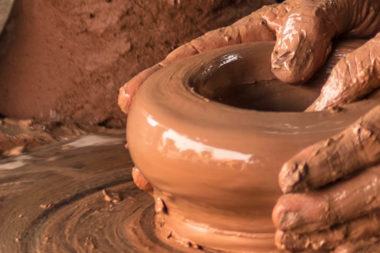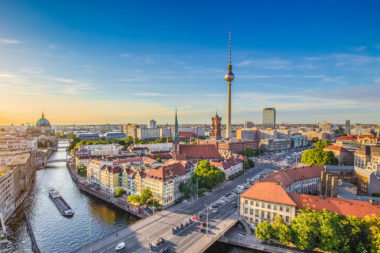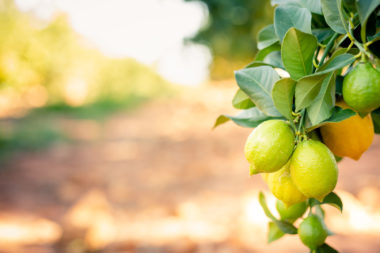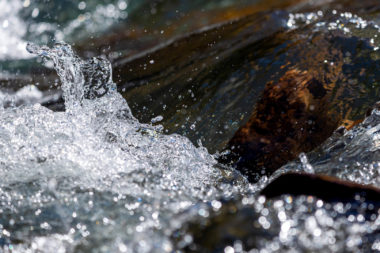
Can you heal osteoarthritis?
Join the Fascia Conversation Today!
The function of the articular cartilage is to reduce friction between the two articular cartilage surfaces and facilitate sliding when the joint moves, and to absorb the load when the joint is exposed to pressure, compression.
The articular cartilage can be divided into three layers, superficial, middle and deep part and they have a slightly different composition, which reflects its function.
- Cells in the deep and middle layer, produce mostly collagen and aggrecan. Aggrecan is a large hyaluron-binding proteoglycan that is abundant in articular cartilage. It helps these layers in the cartilage to withstand large pressure loads.
- Cells in the superficial layer, closest to the sliding surface, which are normally subjected to a sliding shear force in a moving joint, form more of the proteoglycans needed for sliding function.
- The collagen in articular cartilage is of type II, which consists of slightly thinner fibrils, not as strong parallel fibers as type I, and is more irregularly shaped together with the proteoglycan matrix, because they are not exposed to the tensile force that, for example, a tendon does.
It has always been claimed that articular cartilage cannot be reproduced, healed, or that it takes so long that there is no hope if you have osteoarthritis. Not so long time ago, the same thing was said about the brain’s nerve cells, that they could never be reproduced!
In a new study, however, Smeets et al, 2019, compared protein synthesis in different types of tissue. They have compared muscle tissue, (which everyone knows heals within a reasonable time), with different skeletal tissue, articular cartilage, menisci, tendons, ligaments, Hoffa’s pad and synovial fluid.
They concluded that cartilage, menisci, tendons, ligaments are reproduced about as fast as muscle tissue. Their result for different bone tissue was that it is reproduced slightly slower than muscle. The most gratifying thing here is that articular cartilage and menisci can regenerate about as fast as muscle tissue!
To stimulate the cells in articular cartilage to produce more collagen type II, the right type of mechanical load is needed, they need dynamic compression. The joint must be used, but not constantly loaded.
The stimulation of the cells to produce, among other things, collagen takes place for up to 10 minutes. Thereafter, the cells must rest for at least 6 hours in order to respond to new stimuli. The mechanical load must be dynamic but not heavy, jump rope is excellent.
However, one must think about why osteoarthritis has occurred! Is it an unbalanced load pressure or trauma etc? If it is an incorrect load pressure due to imbalance, asymmetry, other damage, then you have to try to get help with balancing the body, parallell to the exercises, so that the joint gets a correct and balanced load.
Otherwise it is moment 22 and the cartilage wears out again when it is reproduced! Also note that in order to build new collagen, the building blocks must be present! Hence, you need to be assure of that you get all the proper amino acids!
- Lis and Baar, 2019. Effects of Different Vitamin C–Enriched Collagen Derivatives on Collagen Synthesis
- McAlindon et al, 2011. Change in knee osteoarthritis cartilage detected by delayed gadolinium enhanced magnetic resonance imaging following treatment with collagen hydrolysate: a pilot randomized controlled trial.
- Nugent et al, 2006. Dynamic Shear Stimulation of Bovine Cartilage Biosynthesis of Proteoglycan 4.
- Smeets et al, 2019. Protein Synthesis Rates of Muscle, Tendon, Ligament, Cartilage, and Bone Tissue in Vivo in Humans.

